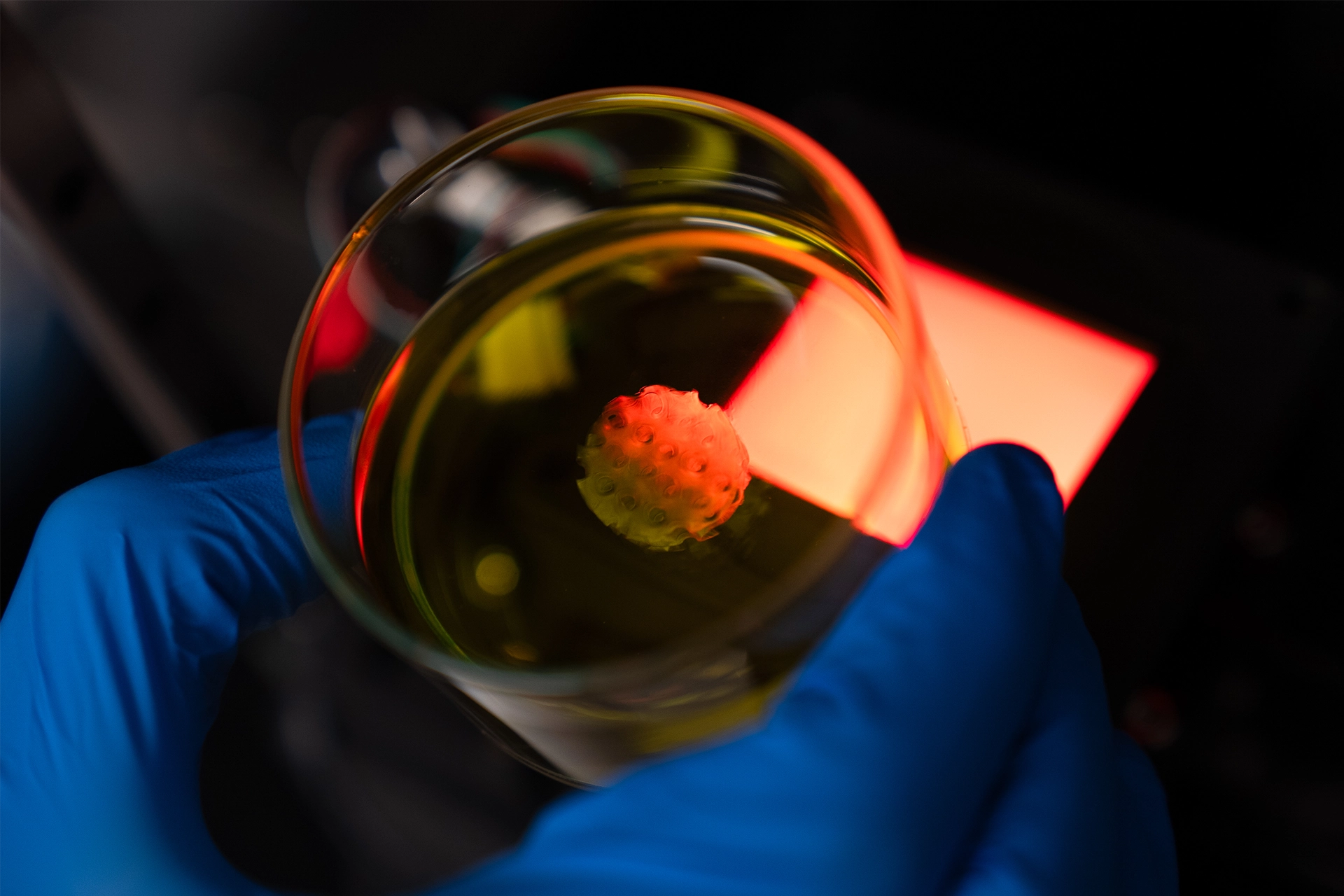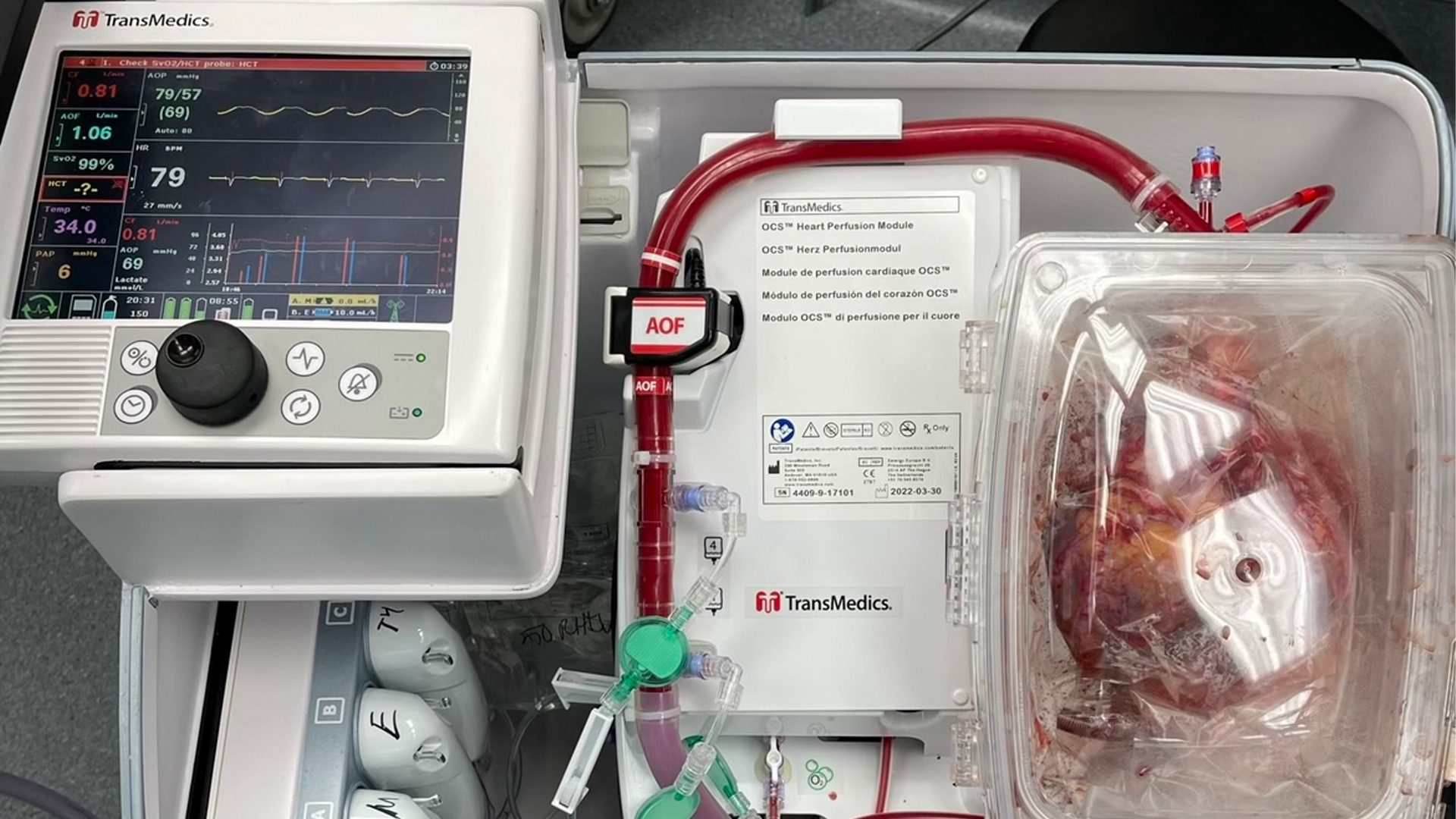The world of medicine is constantly evolving, and one of the most groundbreaking advances is the development of 3D printing technology. While it is already revolutionizing industries like manufacturing and automotive, one of its most exciting and potentially life-saving applications lies in the field of healthcare—specifically, organ transplantation. What if we could 3D print organs to save the lives of those in need of transplants? This hypothetical scenario is quickly turning into a possibility, thanks to innovative research and advancements in bioprinting.
The Current State of Organ Transplantation
Every year, millions of people around the world are diagnosed with organ failure. According to the World Health Organization (WHO), over 130,000 organ transplants are performed globally, but the demand far outstrips supply. There are currently over 100,000 people on waiting lists for organ transplants in the United States alone, and many of them will not receive a transplant in time to save their lives.
The scarcity of available organs is a huge problem, and it is compounded by issues such as organ rejection and the complexities of organ matching. Even when an organ is available, the risk of rejection by the patient’s immune system remains a major hurdle. Furthermore, many organs are unsuitable for donation due to disease or age-related degradation.
Enter 3D Printing: The Future of Organ Transplantation?
3D printing technology, also known as additive manufacturing, has already made significant strides in the world of healthcare. Researchers have been able to print everything from prosthetics and medical tools to tissue scaffolds and skin grafts. But the most ambitious goal of 3D printing in medicine is the creation of fully functional, transplantable organs.
Bioprinting, a subset of 3D printing, involves printing with living cells instead of traditional materials like plastic or metal. The hope is that with bioprinting, it will be possible to print organs layer by layer using the patient’s own cells, reducing the risk of rejection and creating custom-fit organs.
How Does 3D Printing of Organs Work?

The process of 3D printing an organ is complex and involves several stages. It begins with creating a digital model of the organ to be printed. This model can be derived from a variety of sources, such as medical imaging techniques like MRI or CT scans, which allow doctors to create a detailed map of the organ’s structure. These scans provide the blueprint that guides the 3D printer.
Once the model is ready, it’s time to print. Instead of ink or plastic, bioprinters use bioinks—substances that contain living cells and biomaterials. These cells are carefully selected to mimic the characteristics of the organ being printed. For example, if the goal is to print a heart, the bioink would contain heart cells. The printer then deposits these cells in a precise pattern, layer by layer, to create the structure of the organ.
After printing, the organ is placed in a bioreactor—a device that provides the proper environment for cells to grow and mature. Over time, the cells begin to form functional tissues, and the organ becomes more than just a structure; it becomes a living, functioning part of the body.
Challenges and Limitations
While the concept of 3D-printed organs is thrilling, there are still significant challenges that need to be overcome before this becomes a routine practice. The complexity of organs, particularly those with intricate networks of blood vessels, nerves, and other tissues, makes it difficult to reproduce them accurately using 3D printing.
In addition, even if an organ can be printed, it must be able to perform the complex functions required for survival. For example, a printed heart must pump blood, a printed kidney must filter waste, and a printed liver must process toxins. While researchers have made impressive strides in printing basic tissues, we are still far from being able to print entire organs that function in the same way as their biological counterparts.
Breakthroughs in Bioprinting
Despite the challenges, researchers around the world are making progress. In 2019, scientists at the University of Tel Aviv in Israel successfully printed a 3D heart using human cells. The heart, which was about the size of a rabbit’s heart, contained all the essential components—blood vessels, ventricles, and atria—albeit in a rudimentary form. While this heart cannot yet function in the human body, it marked a huge milestone in the pursuit of 3D-printed organs.
Similarly, in 2021, researchers at the University of Pittsburgh created a fully functional kidney model using bioprinting. While this kidney was not yet suitable for transplantation, it demonstrated that complex organs with specialized structures could be printed and then grown in the lab.
The most significant advancement, however, may be the ability to print organs that can be used for drug testing and disease research. While a fully functional organ for transplantation may still be years away, 3D-printed organ models are already being used to simulate human conditions, enabling researchers to study diseases and test treatments in ways that were not possible before.
The Potential Benefits of 3D-Printed Organs

- Reduced Organ Shortages: The most obvious benefit of 3D printing organs is the potential to solve the global organ shortage. Instead of relying on donors, doctors could print custom organs tailored to the patient’s needs. This could eliminate waiting lists and save countless lives.
- Personalized Medicine: 3D printing allows for the creation of organs using a patient’s own cells, reducing the risk of rejection. This approach would also enable doctors to create organs that are a perfect match for the patient’s unique anatomy, leading to better outcomes.
- Improved Outcomes for Transplants: With 3D-printed organs, there is the potential to minimize complications such as organ rejection, immune suppression, and long-term transplant failure. Since the printed organs would be made from the patient’s own cells, the body would be less likely to recognize them as foreign and mount an immune response.
- Advancements in Research: Even before fully functional organs become a reality, 3D printing can revolutionize medical research. Scientists could print organ models to study diseases, test new drugs, and simulate surgeries in a way that’s far more accurate than animal models or traditional cell cultures.
- Ethical Considerations: The use of 3D-printed organs could address some of the ethical issues associated with organ donation. Since the organs would be created from the patient’s own cells, there would be no need to harvest organs from deceased donors. Additionally, 3D printing could allow for the creation of organs that are genetically identical to the patient, reducing the risk of organ rejection.
The Road Ahead: What’s Next?
The dream of 3D-printed organs is not without its hurdles. Research is ongoing, and while there have been some remarkable breakthroughs, it will likely be years—if not decades—before we see widespread use of 3D-printed organs for transplantation.
One of the key areas of focus for future research is improving the vascularization (blood supply) of printed organs. Without a proper network of blood vessels, an organ cannot function properly. Current printing techniques have been successful in creating simple blood vessel structures, but recreating the complexity and efficiency of a real vascular system remains a significant challenge.
Another area for improvement is the scalability of the technology. Bioprinting organs on a large scale is still a major obstacle, and scientists will need to find ways to produce organs quickly, cost-effectively, and safely.
Conclusion
The possibility of 3D-printed organs for transplantation is one of the most exciting frontiers in modern medicine. With the potential to revolutionize organ transplantation, reduce the risk of rejection, and personalize medical care, this technology could dramatically change the lives of millions of people worldwide. While the science is still in its infancy, the future is incredibly promising. The next few decades may very well witness the rise of a new era in organ transplantation—one where waiting lists and organ shortages are things of the past.











































